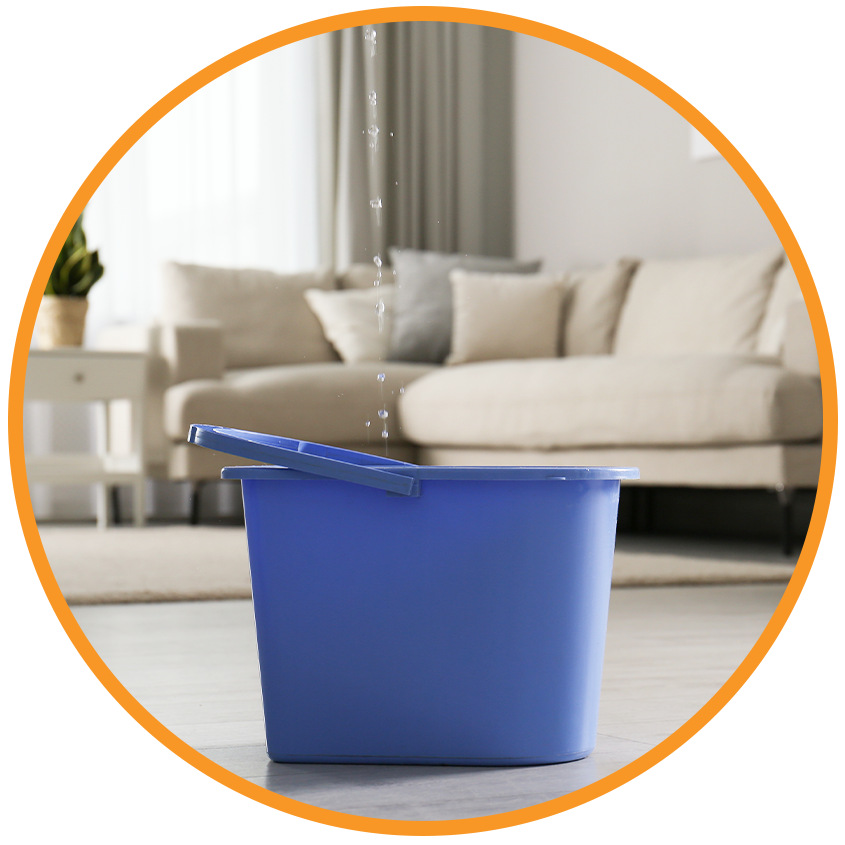Water Damage Prevention: Understanding the Urgency and Effective Strategies

Water Damage Prevention: Understanding the Urgency and Effective Strategies
Water damage can sneak up on homeowners, leading to extensive and expensive repairs. Recognizing how quickly it can occur is vital in protecting your property. This article delves deeper into the swift nature of water damage, effective prevention strategies, and answers to common questions surrounding the topic. Effective water damage prevention starts with regular inspections and necessary repairs to avoid costly disasters.
The Rapid Onset of Water Damage: A Closer Look
When water invades your living space, it’s essential to understand how fast damage can occur. Both the source and the environment play crucial roles in determining the severity of the situation. Investing in high-quality materials can significantly reduce risks associated with water damage in your property.
The First Fifteen Minutes: A Crucial Time Frame
Water damage can become apparent almost immediately. Within the first fifteen minutes, you might experience:
- Wet carpets and furnishings
- Warped wood in furniture and flooring
- Damp smells permeating the air
By 24 Hours: The Risks Amplify
After 24 hours of untreated water intrusion, the effects can escalate dramatically. Expect the following developments:
- Mold Growth: Spores can start to proliferate, creating health hazards.
- Structural Weakness: Walls and ceilings may begin to show signs of sagging or buckling.
- Increased Damage Costs: The longer you wait, the more expensive the repairs.
One Week Later: The Long-term Consequences
Deciding to postpone addressing water damage can lead to significant issues by the third week:
- Permanent Structural Damage: Beams may be compromised, requiring extensive repairs.
- Health Concerns: Persistent moisture can lead to respiratory problems and allergies.
- Insurance Complications: Neglecting damage can affect your coverage and future claims.
Proactive Water Damage Prevention Strategies
Preventing water damage means taking a forward-thinking approach. Here’s how you can protect your property:
Routine Maintenance Checks
Identify potential issues before they escalate:
- Inspect plumbing for leaks
- Examine roofs for missing shingles
- Ensure gutters are free of debris
Prompt Action in Cases of Water Intrusion
If water intrusion occurs, here’s what you should do immediately:
- Shut off the water supply to prevent further flooding
- Take photos for insurance claims
- Begin drying out affected areas using fans and dehumidifiers
Utilize Professional Services
For severe situations, don’t hesitate to call in water damage experts. They offer:
- Advanced tools for extraction and drying
- Expertise to address all aspects of water damage prevention
- Assistance with insurance claims and follow-up inspections
Common Sources of Water Damage
Recognizing potential sources of water intrusion is essential for effective water damage prevention:
- Leaking Pipes: Can cause unseen damage behind walls.
- Flooding: Heavy rainfall can overwhelm drainage systems.
- Appliance Malfunctions: Washing machines, dishwashers, and water heaters can malfunction and leak. Using dehumidifiers during humid months can reduce the chances of moisture-related damage occurring.
FAQ: Water Damage Prevention Insights
Q: What steps can I take to ensure my home is protected from water damage?
To prevent water damage, regularly inspect plumbing, maintain your roof, clear gutters, and install sump pumps in flood-prone areas.
Q: How can I dry out walls and floors after water damage?
Utilize fans and dehumidifiers, and consider removing soaked materials, such as carpets or drywall, to allow better airflow.
Q: Is mold a guaranteed outcome of water damage?
Not necessarily, but without prompt water damage prevention measures, mold can develop within 24 to 48 hours in damp conditions.
Q: Does insurance cover water damage?
Coverage varies based on policy specifics. Often, water damage from sudden accidents (like burst pipes) is covered, while gradual damage (like leaks) may not be.
Q: How can I anticipate risks for seasonal weather changes?
Regularly review your property for potential vulnerabilities, particularly before heavy rainfall or snowmelt, and consider preventive measures like sealing foundations.
Conclusion: The Importance of Water Damage Prevention
Being proactive about water damage prevention is crucial for preserving your home’s integrity and safeguarding your health. This involves implementing routine inspections to identify any potential vulnerabilities, such as leaks or damp spots, which can lead to serious problems if left unaddressed. Taking prompt action in response to any signs of water intrusion not only protects the structure of your home but also helps prevent the development of hazardous mold and mildew that can adversely affect indoor air quality. Additionally, staying vigilant about moisture levels and water sources within your home can save you from costly repairs and health issues down the line. It’s essential to remain informed about the common signs of water damage, such as discoloration on walls and ceilings, musty odors, or dampness in carpets, as these can be early indicators of a larger problem. Remember, your dedicated and vigilant approach today can significantly impact your property’s safety and value tomorrow, ensuring a healthier living environment for you and your loved ones. By consistently prioritizing maintenance and monitoring, you can enjoy peace of mind knowing that you are taking essential steps to protect your home from potential water-related disasters.
View More